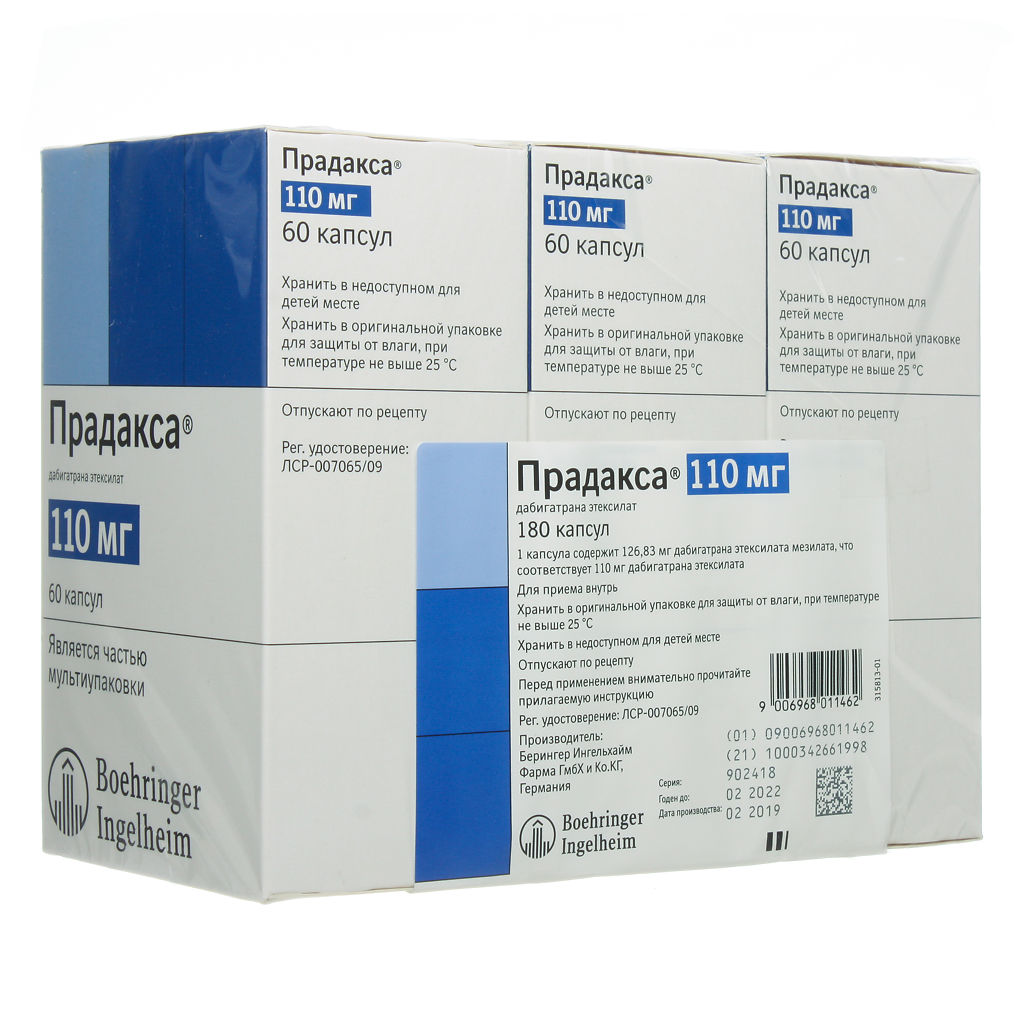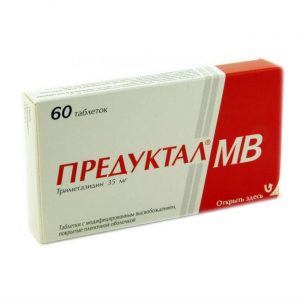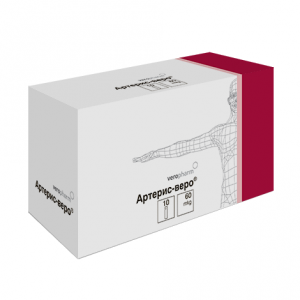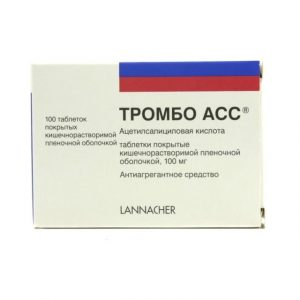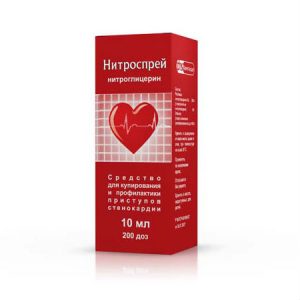Description
Release form
Capsules.
Pharmacological action
PRADAXA – dabigatran etexilate is a low molecular weight prodrug with no pharmacological activity. After oral administration, it is rapidly absorbed and is converted to dabigatran by hydrolysis catalyzed by esterases. Dabigatran is an active, competitive, reversible direct thrombin inhibitor and has an effect mainly in plasma.
Since thrombin (serine protease) converts fibrinogen into fibrin during the coagulation cascade, inhibition of its activity prevents the formation of a thrombus. Dabigatran inhibits free thrombin, fibrin-binding thrombin and thrombin-induced platelet aggregation.
In vivo and ex vivo in animal studies using various models of thrombosis demonstrated the antithrombotic efficacy and anticoagulant activity of dabigatran after intravenous administration and dabigatran etexilate after oral administration.
A close correlation was found between the concentration of dabigatran in plasma and the severity of the anticoagulant effect. Dabigatran lengthens activated partial thromboplastin time (APTT).
Indications
– prevention of venous thromboembolism in patients after orthopedic surgery
– prevention of stroke, systemic thromboembolism and reduction of cardiovascular mortality in patients with atrial fibrillation
– treatment of acute venous thrombosis or deep venous thrombosis and pulmonary venous thrombosis caused by these diseases
– prevention of recurrent deep vein thrombosis and / or pulmonary embolism and death caused by these diseases.
Pregnancy and lactation
There are no data on the use of dabigatran etexilate during pregnancy. The potential risk in humans is unknown.
Experimental studies have not found adverse effects on fertility or postnatal development of newborns.
Women of reproductive age should avoid pregnancy when treated with Pradax ®. When pregnancy occurs, the use of the drug is not recommended, unless the expected benefit exceeds the possible risk.
If it is necessary to use the drug during breastfeeding, due to the lack of clinical data, it is recommended to stop breastfeeding (as a precaution).
Special instructions
Risk of developing hemorrhages: Unfractionated heparin can be used to maintain the functioning of a central venous or arterial catheter.
Should not be used simultaneously with the PRADAXA ® preparation: unfractionated heparins or its derivatives, low molecular weight heparins, sodium fondaparinux, desirudin, thrombolytic agents, GPIIb / IIIa receptor antagonists, clopidogrel, ticlopidine, dextran, sulfinpyraxone VitraPhindAndraPhondAndron ® Antagon ® and Anton ® Paraton ® Anthon ® and Antagon ® Paraton ® Anthon ® and Antagon ® Paraton ® Anthon ® and Antagon ® Paraton ® AntonPhardAndron ® Antr in doses recommended for the treatment of deep vein thrombosis and acetylsalicylic acid in doses of 75-320 mg increases the risk of bleeding. Data, There is no evidence of an increased risk of bleeding associated with dabigatran when taking PRADAX ® in the recommended dose for patients receiving small doses of acetylsalicylic acid in order to prevent cardiovascular diseases. However, the available information is limited, therefore, with the combined use of low dose acetylsalicylic acid and PRADAXA ®, it is necessary to monitor the condition of patients with the goal of
timely diagnosis of bleeding.
Careful monitoring (for symptoms of bleeding or anemia) should be carried out in cases in which there may be an increased risk of hemorrhagic complications: – A recent biopsy or trauma.
– The use of drugs that increase the risk of hemorrhagic complications. The combination of PRADAX ® with medicines, which affect hemostasis or coagulation processes.
– Bacterial endocarditis
Short-term administration of NSAIDs when used together with PRADAXA ® for analgesia after surgery does not increase the risk of bleeding. Limited data are available on the systematic administration of NSAIDs with a half-life of less than 12 hours in combination with PRADAXA ®, there is no evidence of an increased risk of bleeding.
Renal failure: pharmacokinetic studies have shown that in patients with decreased renal function, including age-related, an increase in the effectiveness of the drug was noted. In patients with moderately reduced renal function (creatinine clearance of 50-30 ml / min), it is recommended to reduce the daily dose to 150 mg per day. PRADAXA ® is contraindicated in patients with severe impairment of renal function (creatinine clearance Spinal anesthesia / Epidural anesthesia / Lumbar puncture: In the case of traumatic or repeated spinal puncture and prolonged use of an epidural catheter, the risk of developing cerebrospinal bleeding or epidural hematoma should not be taken. earlier than 2 hours after removal of the catheter, such patients should be monitored for possible detection of neurological symptoms. p The effect on the ability to drive mechanisms
The effects of dabigatran etexilate on the ability to drive vehicles and drive mechanisms have not been studied.
Composition
1 capsule:
dabigatran etexilate mesylate 126.83 mg, which corresponds to the content of dabigatran etexilate 110 mg.
Excipients: acacia gum – 6.5 mg, tartaric acid (coarse-grained) – 32.48 mg, tartaric acid (powder) – 43.3 mg, tartaric acid (crystalline) – 54.12 mg, hypromellose – 3.27 mg, dimethicone – 0.06 mg, talc – 25.16 mg, hyprolose (hydroxypropyl cellulose) – 25.37 mg.
Composition of the capsule shell: capsule of hypromellose (HPMC) with a black ink overprint – 70 * mg.
Composition of HPMC capsules: carrageenan (E407) – 0.22 mg, potassium chloride – 0.31 mg, titanium dioxide (E171) – 4.2 mg, indigo carmine (E132) – 0.042 mg, sunset yellow dye (E110) – 0.003 mg, hypromellose (hydroxypropyl methylcellulose) – 61.71 mg, purified water – 3.5 mg.
Composition of black ink (%, mass.): shellac – 24-27%, butanol – 1-3%, isopropanol – 1-3%, iron dye black oxide (E172) – 24-28%, purified water – 15- 18%, propylene glycol – 3-7%, ethanol – 23-26%, aqueous ammonia – 1-2%, potassium hydroxide – 0.05-0.1%
* The approximate capsule weight is 70 mg.
Side effects
Disorders from the hematopoietic and lymphatic systems: anemia, thrombocytopenia.
Immune system disorders: hypersensitivity reactions, including urticaria, rash and itching, bronchospasm.
Disorders of the nervous system: intracranial bleeding.
Vascular disorders: hematoma, bleeding.
Disorders of the respiratory system, chest and mediastinum: nosebleeds, hemoptysis.
Gastrointestinal disorders: gastrointestinal bleeding, rectal bleeding, hemorrhoidal bleeding, abdominal pain, diarrhea, dyspepsia, nausea, ulceration of the gastrointestinal mucosa, gastroesophagitis, gastroesophageal reflux disease, vomiting, dysphagia.
Disorders from the hepatobiliary system: increased activity of “hepatic” transaminases, impaired liver function, hyperbilirubinemia.
Changes in the skin and subcutaneous tissue: skin hemorrhagic syndrome.
Musculoskeletal disorders, disorders of the connective tissue and bones: hemarthrosis.
Changes in the kidneys and urinary tract: urogenital bleeding, hematuria.
General disorders and changes in the injection site: bleeding from the injection site, bleeding from the injection site of the catheter.
Damage, toxicity and complications from procedures: post-traumatic hematoma, bleeding from the site of surgical access.
Vascular disorders: bleeding from an operating wound.
General disorders and disorders at the injection site: spotting.
Damage, toxicity and complications of postoperative treatment: hematoma after wound treatment, bleeding after wound treatment, anemia in the postoperative period, discharge from the wound after procedures, secretion from the wound.
Surgical and therapeutic procedures: wound drainage, drainage after wound treatment.
Overdose
Symptoms: an overdose when using the drug Pradax ® may be accompanied by hemorrhagic complications, due to the pharmacodynamic characteristics of the drug.
Treatment: if bleeding occurs, the drug is discontinued. Symptomatic treatment is indicated. There is no specific antidote.
Given the main route of excretion of dabigatran (by the kidneys), it is recommended to ensure adequate diuresis. Surgical hemostasis and replenishment of BCC are performed. You can use fresh whole blood or transfusion of freshly frozen plasma. Since dabigatran has a low ability to bind to plasma proteins, the drug can be excreted during hemodialysis, however, clinical experience with dialysis in these situations is limited.
In case of an overdose of Pradax ®, coagulation factor concentrates (activated or inactive) or recombinant factor VIIa can be used. There are experimental data confirming the effectiveness of these agents in counteracting the anticoagulant effect of dabigatran, however, no special clinical studies have been conducted.
If thrombocytopenia develops or when long-acting antiplatelet agents are used, the use of platelet mass may be considered.
For situations where rapid elimination of activity is required, there is a specific dabigatran antidote, idarucizumab, which is an antagonist to the pharmacodynamic effects of Pradax ®.
Storage Conditions
The product should be stored in vials at a temperature not exceeding 25 ° C. Keep the bottle tightly sealed to protect against moisture. After opening the vial, the drug should be used within 4 months.
The preparation in blisters should be stored in a dry place, at a temperature not exceeding 25 ° C.
The product should be stored out of the reach of children.
Expiration
3 years.
active substance
Dabigatran etexilate
drugstore drugstore terms
drugstore p15rorew4748 vacations from pharmacies
By prescription
lekarstvennaja form
kapsul
Prescribing
Adults as prescribed by a doctor
Indications
Indications
To prevent thrombosis, prevention of heart attacks and strokes, prevention of acute myocardial infarction
